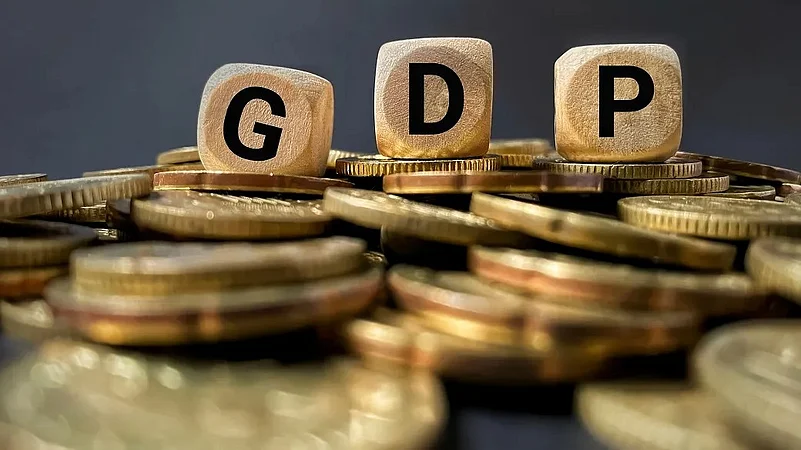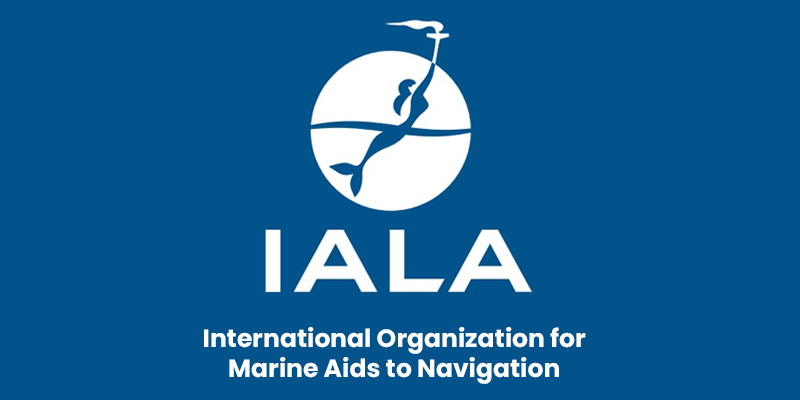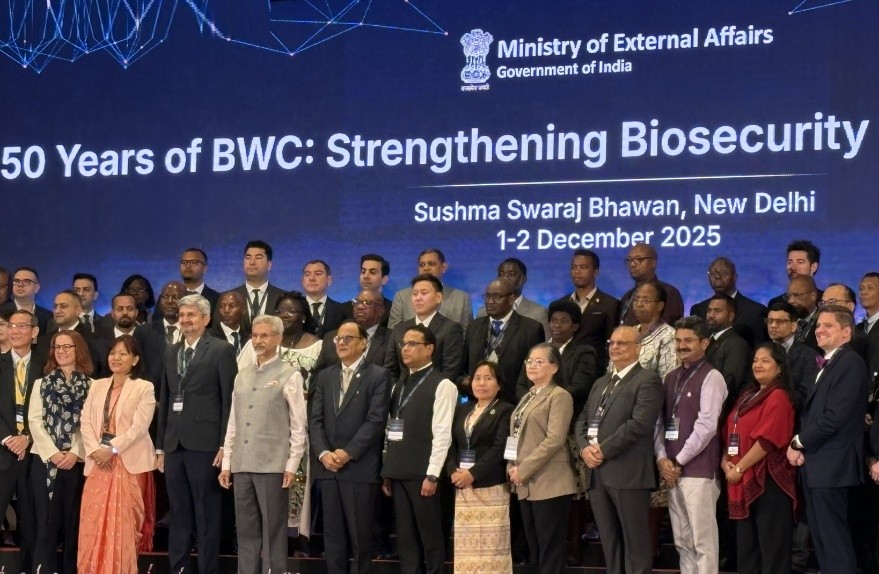Font size:
Print
Naini Lake Water Crisis
Context:
Naini Lake, a vital freshwater body in Nainital, Uttarakhand, has recorded its lowest water level in five years. The current level stands at 4.7 feet, significantly below its normal gauge level of 12 feet. The depletion has raised concerns over drinking water scarcity, ecological imbalance, and tourism in the region.
Factors Contributing to the Decline in Water Levels
Geographical and Hydrological Importance of Naini Lake
- Location: Situated at the heart of Nainital, surrounded by seven hills.
- Depth: Maximum depth is 89 feet.
- Water Source: Primarily rain-fed, with groundwater recharge from the Sukhatal Lake.
- Drinking Water Supply: Meets 76% of Nainital’s water demand; 10 million litres are extracted daily.
- Climate Change and Weather Variability
-
- Temperature Rise: Annual mean temperatures in Uttarakhand have increased by 1.5°C (1970–2022).
- Decline in Precipitation: Rainfall fell from 2400 mm in 2022 to 2000 mm in 2024.
- Snowfall Deficit: Nainital experienced four snowfall days in 2022 but ero in 2025, leading to reduced glacial and snowmelt recharge.
- Anthropogenic Activities and Urbanisation
-
- Population Growth & Tourism Pressure:
- Increasing population and tourism have amplified water demand and waste generation.
- Deforestation:
- Unregulated cutting of Himalayan oak (Banj) trees, known for their water retention capacity, has impacted groundwater recharge.
- Encroachment and Illegal Construction:
- Wetlands and natural recharge zones have been converted into commercial and residential structures.
- Sukhatal Lake, a key aquifer recharge zone, has shrunk due to dumping and encroachments.
- Concrete Infrastructure:
- Excessive construction reduces percolation of rainwater, causing stormwater runoff and soil erosion.
- Population Growth & Tourism Pressure:
- Pollution and Poor Waste Management
- Sewage and Solid Waste Disposal:
- Discharge of untreated wastewater into the lake degrades water quality.
- Improper waste disposal leads to contamination and eutrophication.
- Siltation and Debris Dumping:
- Construction activities increase silt accumulation, reducing lake depth.
Consequences of Naini Lake Depletion
- Water Scarcity
-
- Rising demand vs. declining supply will result in an acute water crisis during peak summer months (April–June).
- Jal Sansthan and Irrigation Department are concerned about meeting the city’s drinking water requirements.
- Ecological and Environmental Impact
-
- Loss of Biodiversity:
- Depletion affects aquatic flora and fauna, disrupting the local ecosystem.
- Microclimatic Changes:
- The lake plays a key role in temperature regulation and moisture retention.
- Loss of Biodiversity:
- Economic and Tourism Impact
-
- Threat to Tourism Industry:
- Boating and recreational activities are key attractions; a drying lake would reduce tourist footfall.
- Threat to Tourism Industry:
Past and Ongoing Conservation Efforts
- Supreme Court and High Court Interventions:
- 1993 SC ruling banned commercial projects near the lake.
- 2021 PIL (Anil Bisht) challenged the concretisation of Sukhatal Lake; construction was suspended but later resumed.
- Scientific Reports and Findings:
- Uttarakhand State Council for Science & Technology (2017) identified unplanned urbanisation and deforestation as primary causes of depletion.
- Research (2024) highlighted institutional inefficiencies in water governance.
- Economic Consequences:
- Hotels, restaurants, and businesses relying on lake-based tourism may face losses.
Suggested Measures for Sustainable Conservation
- Hydrological and Ecological Restoration
-
- Desiltation and Wetland Revival:
- Restore Sukhatal Lake and other recharge zones.
- Rainwater Harvesting:
- Promote patnalas (traditional water channels) and rooftop harvesting systems.
- Check Dam and Groundwater Recharge:
- Develop small reservoirs and percolation pits to increase infiltration.
- Desiltation and Wetland Revival:
- Regulation and Policy Interventions
-
- Strict Urban Planning Regulations:
- Enforce a ban on construction in sensitive recharge areas.
- Sustainable Tourism Framework:
- Limit tourist influx during peak seasons.
- Promote eco-tourism and responsible travel practices.
- Strict Urban Planning Regulations:
- Community Participation and Awareness
-
- Public Engagement Programs:
- Conduct awareness campaigns on conservation.
- Involve local communities in lake management.
- Strengthening Local Governance:
- Improve inter-agency coordination for effective implementation of conservation measures.
- Public Engagement Programs:


